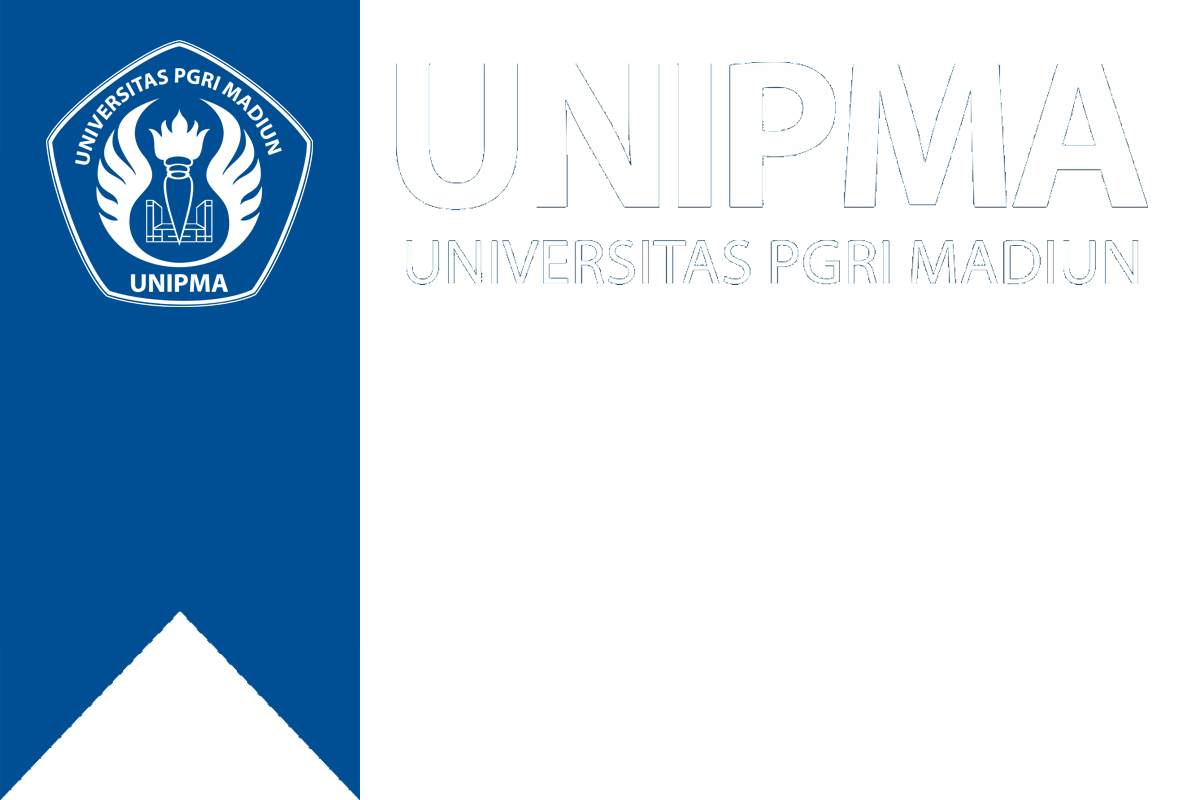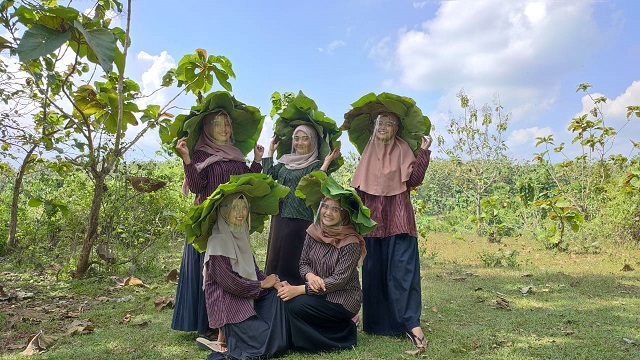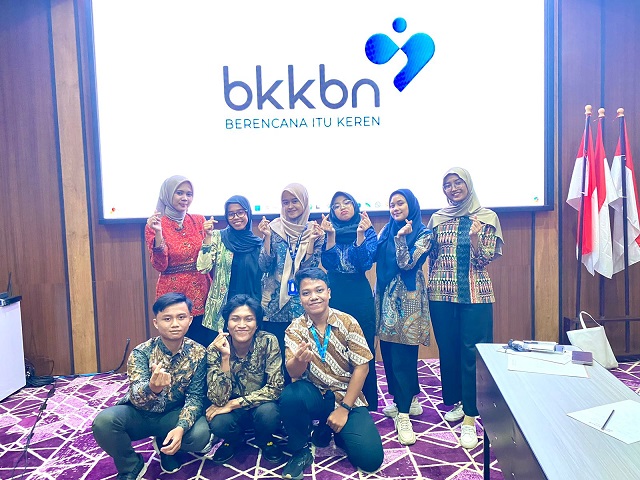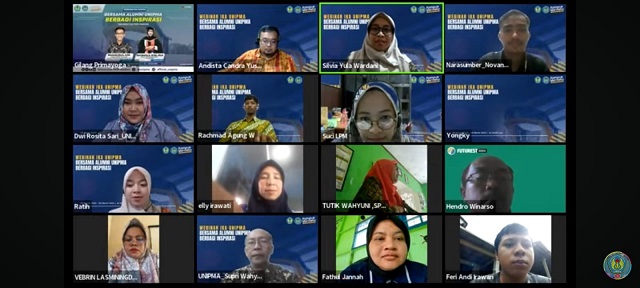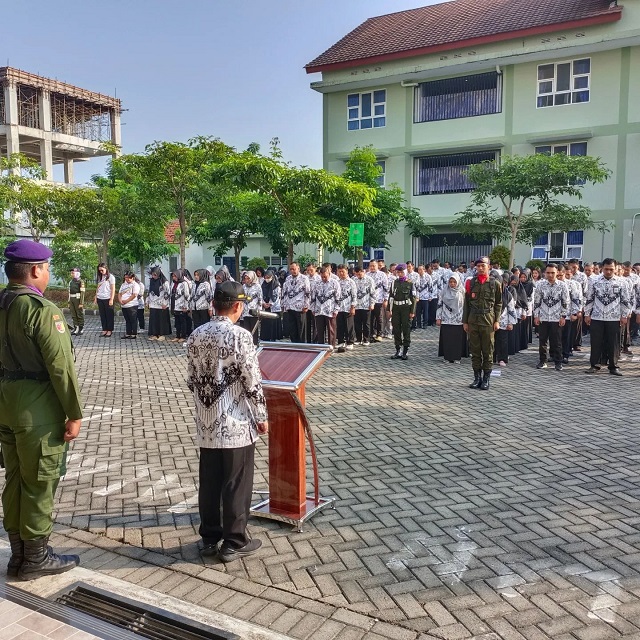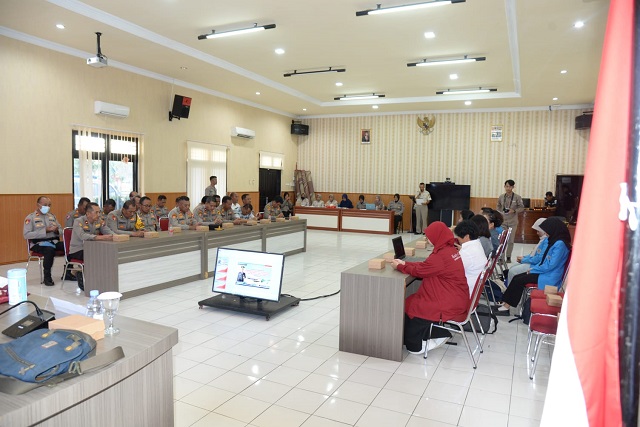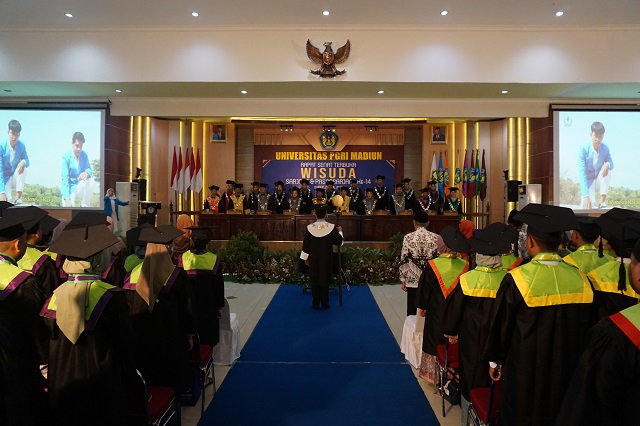UNIPMA Students Reveal The Tradition of Gumbrekan Mahesa In Banyubiru Village
Thursday, July 15, 2021. The development of research on science, technology, culture and social humanities is one form of the tri dharma of higher education. The PKM-RSH team as part of the academic community seeks to uncover the cultural studies of the Gumbrekan Mahesa tradition in Banyubiru Village, Widodaren sub-district, Ngawi district. Banyubiru village is famous as a buffalo village.
One of the local traditions in Banyubiru Village is “Gumbrekan Mahesa”. “Gumbrekan Mahesa” means “buffalo birthday” which is celebrated once a year. This local wisdom of Gumbrekan Mahesa is believed to be a form of gratitude for the residents for the harvest gift given by God Almighty. The harvest produced by the community certainly cannot be separated from the role of buffaloes to plow the fields. The Gumbrekan Mahesa celebration is held for generations. This celebration all buffaloes are rested, cared for, pampered and not used to plow the fields. This tradition is followed by a procession of 100 tumpengan by the local community and the wasp mortar by the mothers. There are more than 700 buffalo belonging to 65 residents taken out, collected in the field, bathed and then penned.
“Since the Covid-19 Pandemic, Gumbrekan Mahesa is no longer held. We are worried that this culture will be lost and forgotten,” said Giyono, a community leader in Banyubiru Village.
The existence of 700 buffalo and the Gumbrekan Mahesa tradition in Banyubiru Village is not widely known by people outside Widodaren District. So far, there has been no study that discusses the noble values of local wisdom in Gumbrekan Mahesa. Ethnopedagogical studies have not been explored much, so that people do not know much information and meaning about this celebration.
The PKM-RSH team consisting of Putri Rashinta Damayanti, Indah Rahmadianti, Nanda Fatma and Adelia Efriliana conducted an ethnoscience and enopedagogy study on the Gumbrekan Mahesa tradition. It aims to dig up information which is then realized in the form of books, catalogs, posters and profile videos that can be utilized by the public. So that even during the Pandemic, people can still know the existence of the Gumbregan Mahesa tradition.
"In addition to interviews, we were also taught how to make "whip, klothak, tumpeng and caping teak leaves so that the meaning and philosophy of this tradition can be studied in depth," said Putri.
This activity was carried out as a basic research for the development of virtual tourism products. "We collaborate with various parties from multidisciplinary fields to continue to explore and develop the Gumbregan Mahesa tradition," said Linda Yuhanna as the assistant lecturer. We hope that Banyubiru village can become one of the fostered villages of Univeristas PGRI Madiun.
